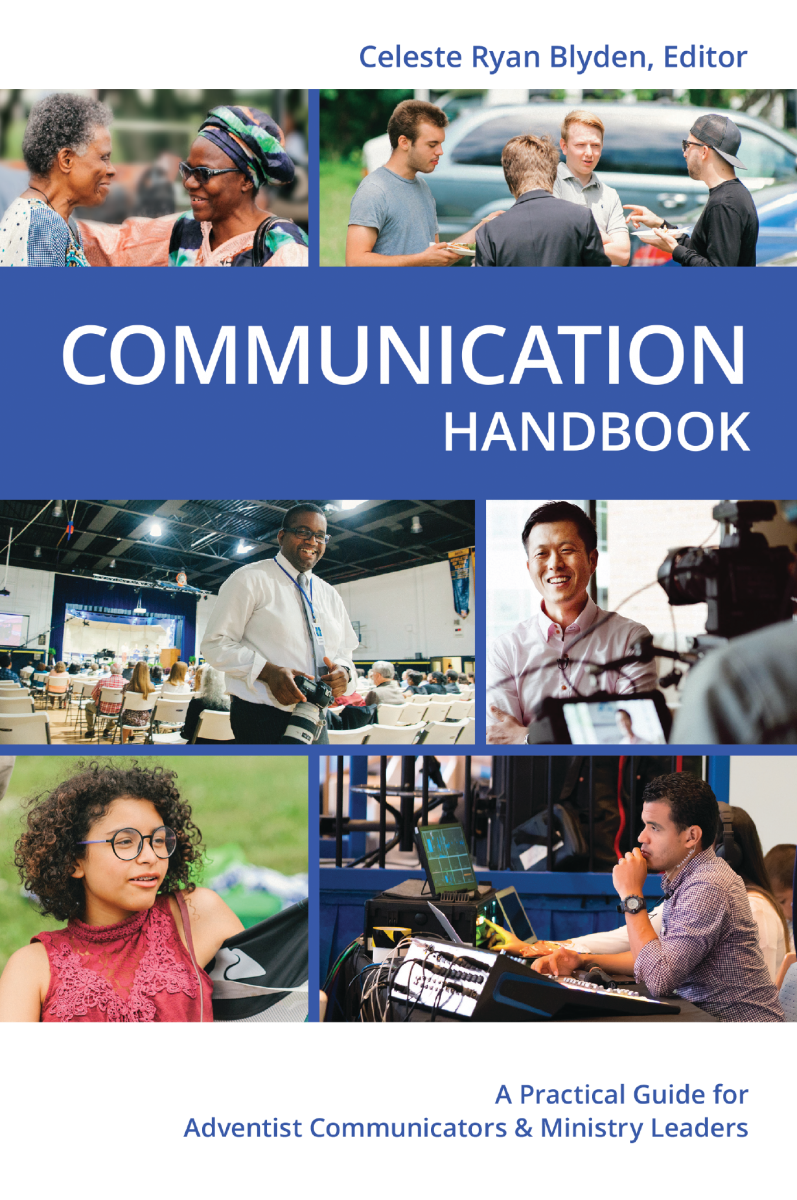Editorial by Rob Vandeman
For centuries, throngs of people sung Psalm 133 on the road as they made the ascent to Jerusalem for festival worship. Our imaginations readily reconstruct those scenes. How great to have everyone sharing a common purpose, trav-eling a common path, moving toward a common goal—that path, purpose and goal being God. How much better than making the long trip alone.
As we come to declare our love for God, we must face the reality that, while we are a family of faith, we are not necessarily one big happy family. We do not immediately stop being sinners the moment we first believe in Christ. Most all of us need some degree of remedial help in gracious family living. But if God is our Father, then this is our family.
Endless Possibilities






 Historia de Jenevieve Lettsome
Historia de Jenevieve Lettsome